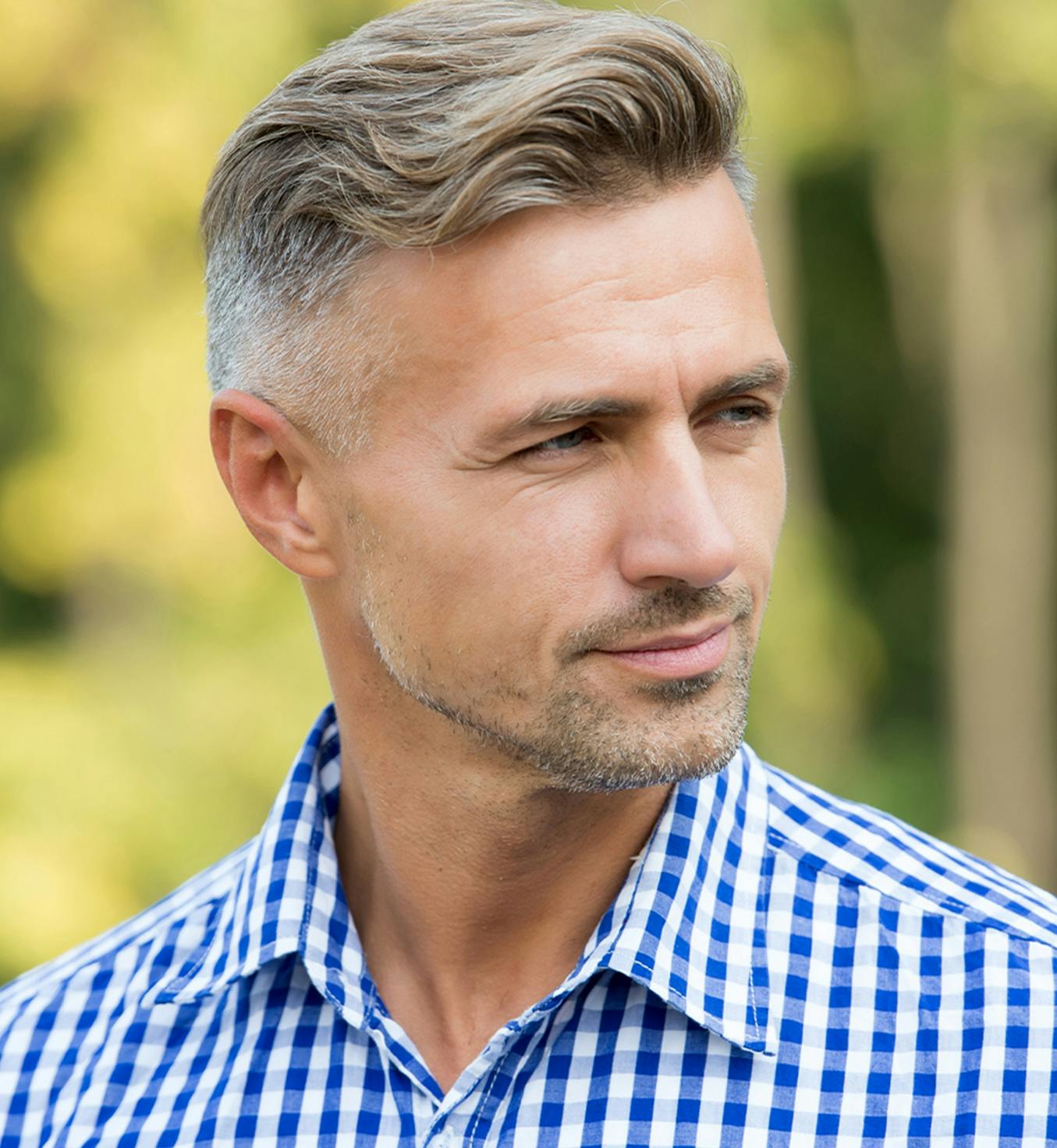At Serotonin Tampa Centers, we offer PRP hair restoration to harness the healing power of your body's own platelets to promote hair growth and rejuvenation. This innovative treatment stimulates hair follicles, improving thickness and vitality. Experience the potential for denser, fuller hair with personalized care at any of our Tampa locations.
PRP Hair Restoration Treats:
- Androgenetic alopecia (pattern hair loss)
- Thinning hair
- Hair loss due to stress or trauma
- Hair loss related to hormonal changes
- Scalp conditions affecting hair growth
- Post-surgical hair loss
- Alopecia areata











